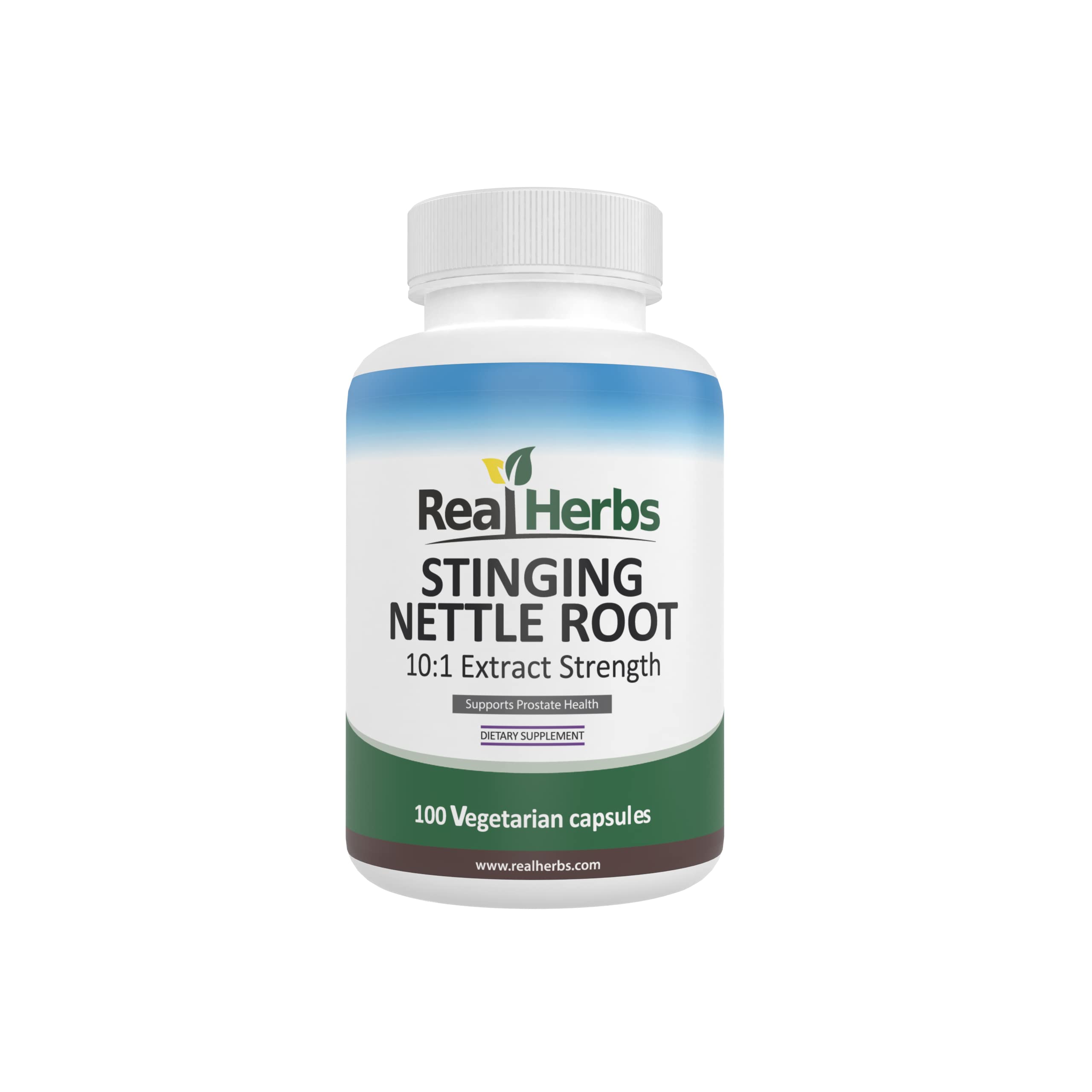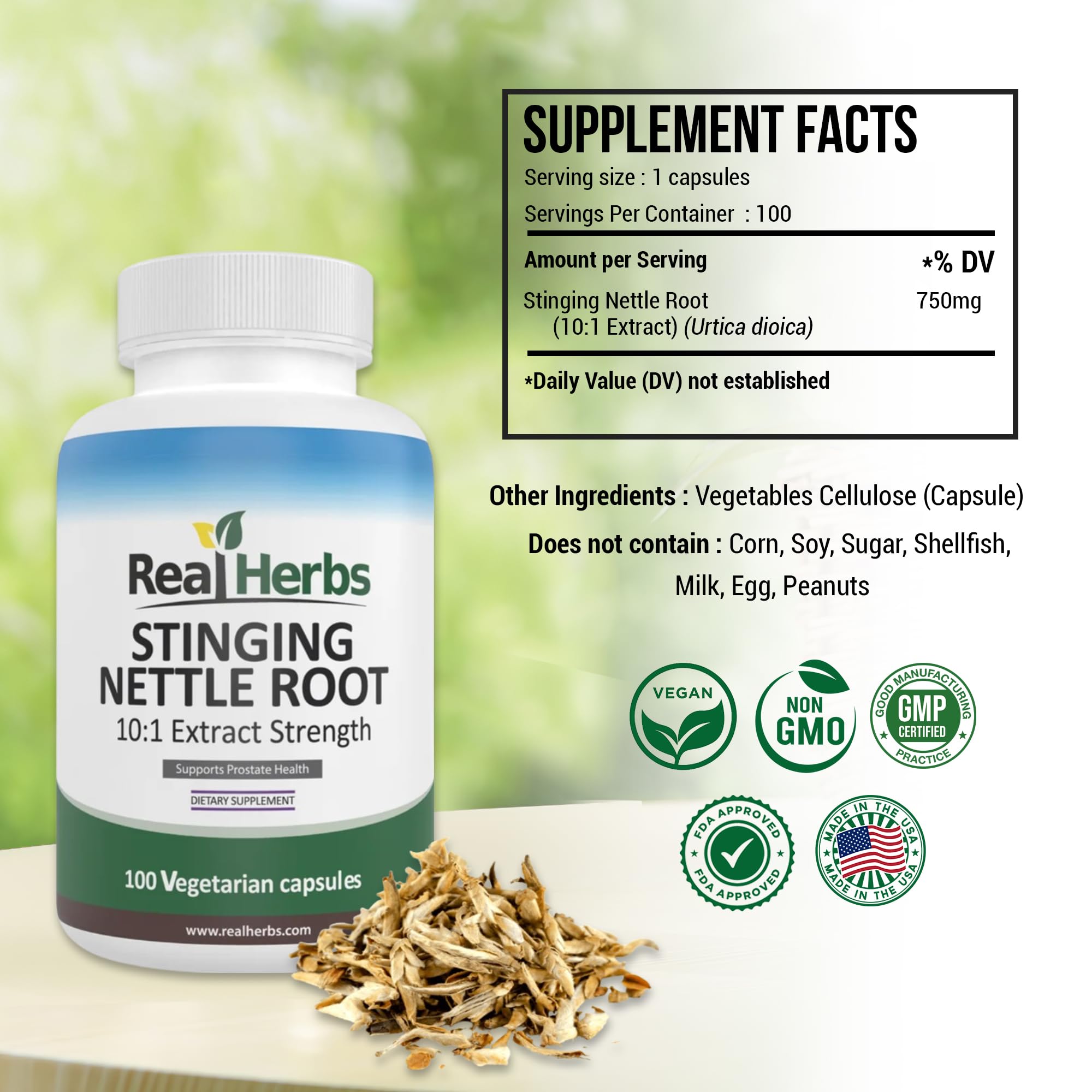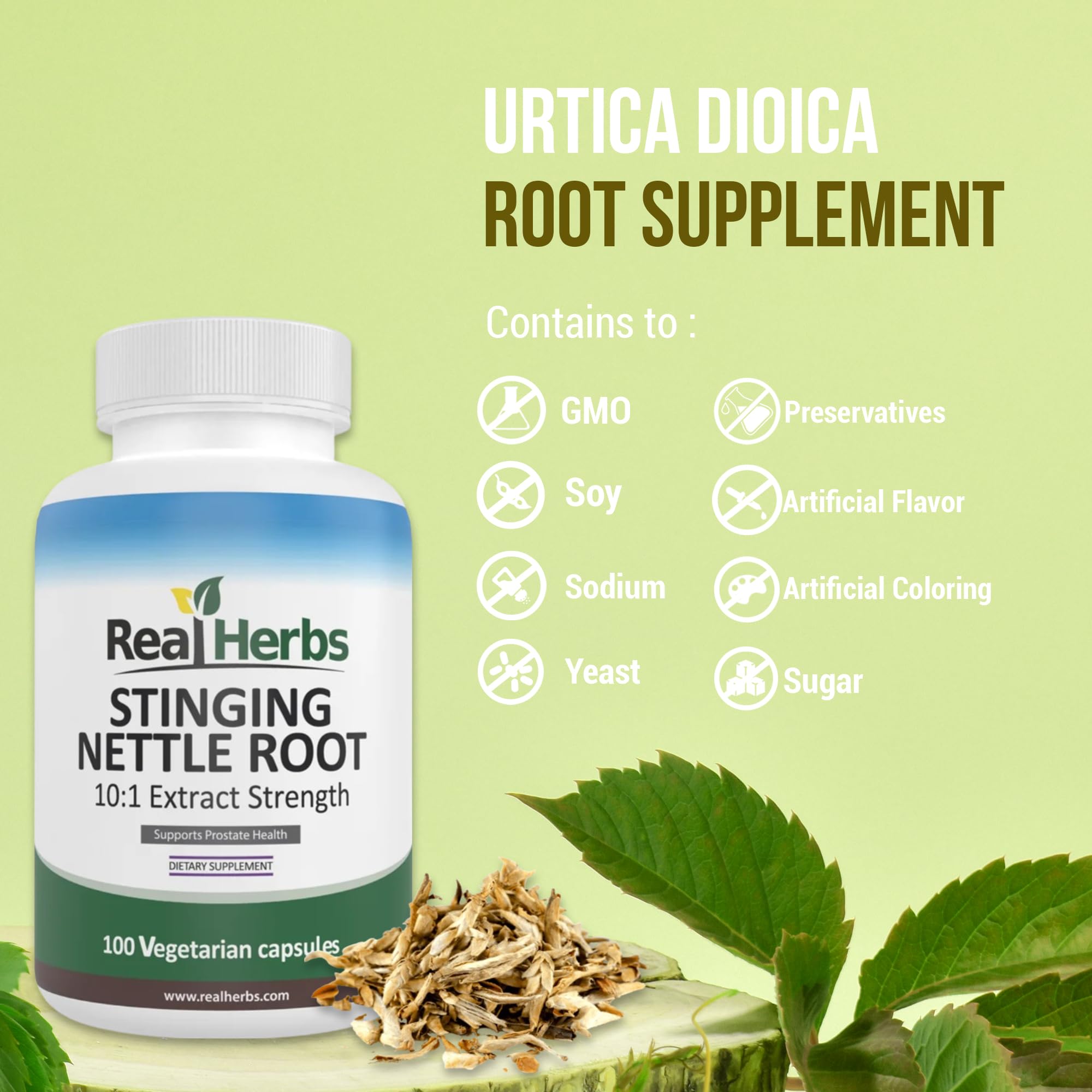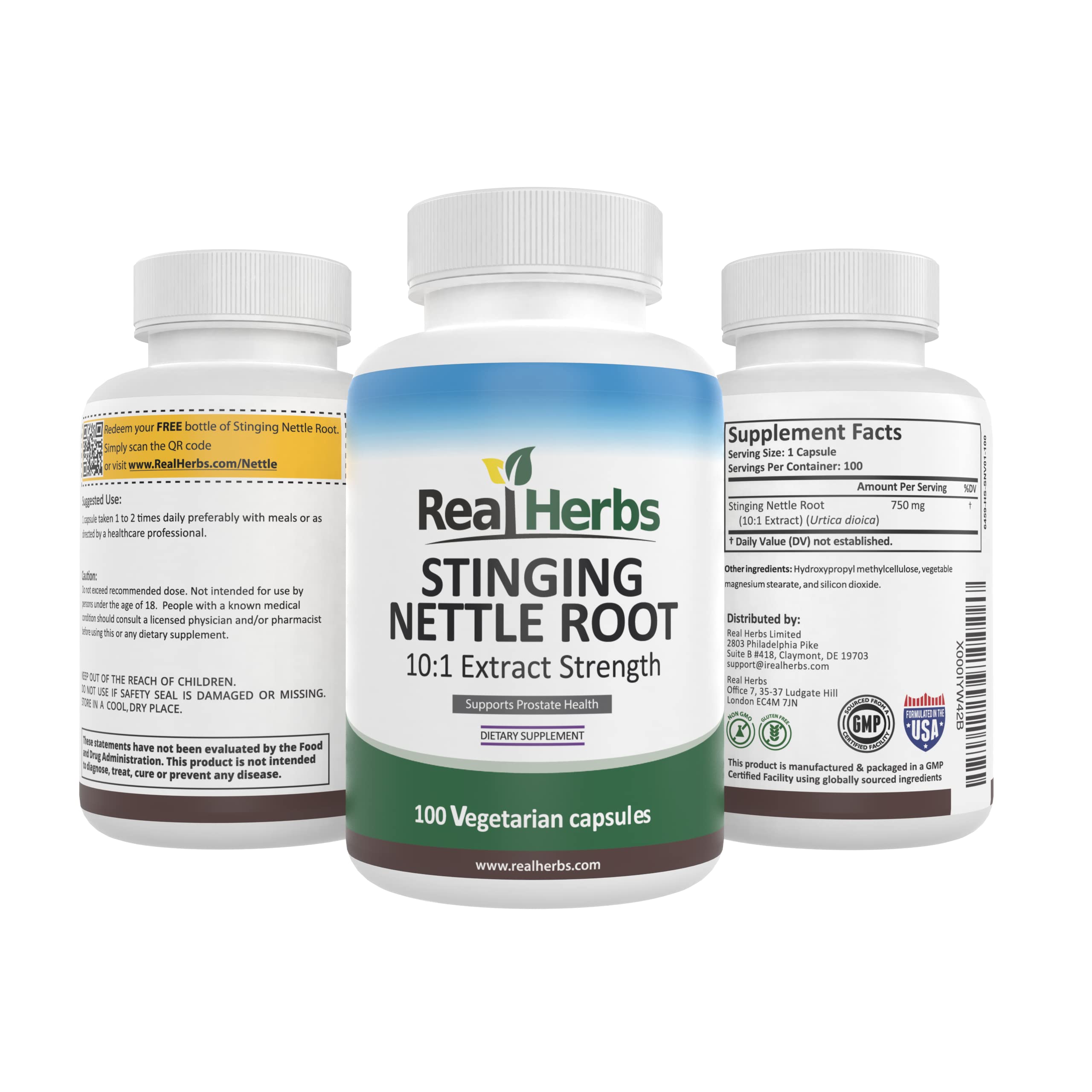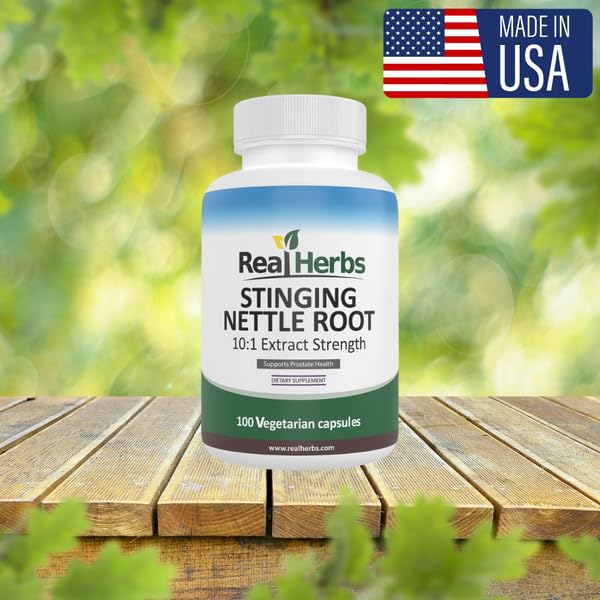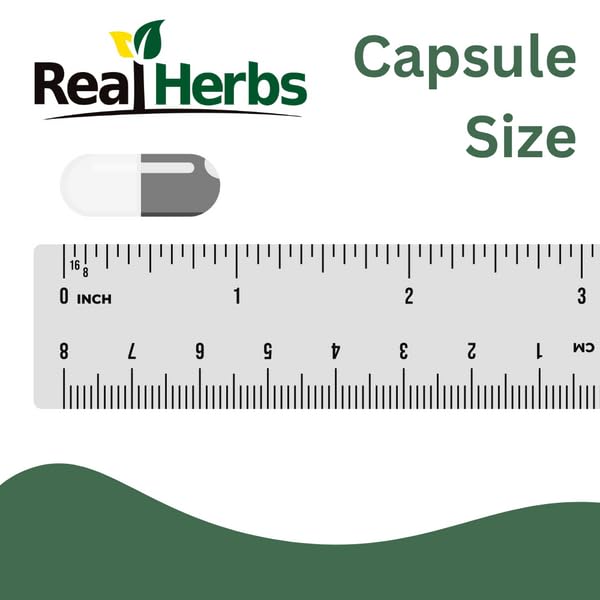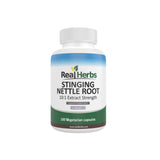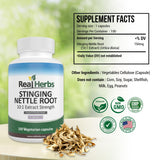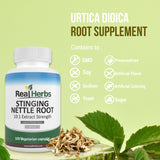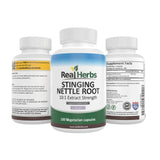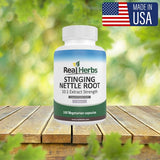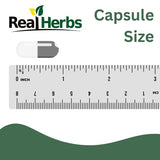How to Make Your Own Stinging Nettle Root Tincture
How to Make Your Own Stinging Nettle Root Tincture
A step-by-step guide to creating a potent, shelf-stable extract at home.
Why a Tincture is Ideal for Stinging Nettle Root
When seeking the therapeutic benefits of Stinging Nettle Root (*Urtica dioica*)—such as support for prostate health and hormonal balance—the method of preparation is crucial [1, 5]. The root's key active compounds, like phytosterols and certain lignans, are generally fat-soluble (lipophilic) [2, 5]. Unlike tea (which extracts water-soluble components), a tincture uses alcohol (often referred to as the menstruum) as a solvent, which is highly effective at dissolving and extracting these lipophilic and alcohol-soluble compounds [2, 4]. This results in a potent, concentrated extract that is shelf-stable for many years.
While commercial supplements use highly refined extracts for specific therapeutic doses, a homemade tincture is the most effective DIY method for capturing the root's full spectrum of beneficial phytochemicals.

Phase 1: Gathering and Preparing Your Materials
What You Will Need
- Stinging Nettle Root (Dried): 100 grams. Ensure the root is fully dried and chopped. You can purchase this from a reputable herb supplier.
- Alcohol (The Menstruum): 500 mL of 80–100 proof alcohol (40%–50% ABV). Vodka or clear grain alcohol works well. *Note: A 1:5 ratio (1 part herb to 5 parts liquid) is a standard ratio for roots.*
- Tools: Clean glass jar with a tight-fitting lid (quart-size or larger), a sheet of parchment paper, measuring cups, and a fine-mesh strainer or cheesecloth.
- Storage: Small, dark glass bottles (amber or cobalt blue) with droppers for the finished tincture.
Phase 2: The Maceration Process (Steeping)
- Combine Ingredients: Place the 100 grams of dried, chopped nettle root into the clean glass jar. Pour the 500 mL of alcohol over the root, ensuring the herb is completely submerged.
- Seal and Label: Place the parchment paper over the mouth of the jar before twisting the lid on tightly (this prevents the alcohol from corroding metal lids). Label the jar clearly with the herb name, ratio, date created, and the type of alcohol used.
- Macerate: Place the jar in a cool, dark location (like a cabinet or basement).
- Shake Daily: For the next 4 to 6 weeks, shake the jar vigorously once a day. This process, known as maceration, ensures the solvent constantly interacts with the root, extracting the maximum amount of active compounds [3].
Phase 3: Straining and Bottling
After the 4 to 6-week steeping period, your tincture is ready to be strained.
- Initial Strain: Pour the contents of the jar through a large, fine-mesh strainer into a clean bowl. Discard the spent root material (the marc).
- Fine Filter: Line the strainer with cheesecloth or a coffee filter and strain the liquid again to remove any final fine sediment. This yields a clean, clear tincture.
- Transfer: Using a funnel, pour the finished liquid into the small, dark glass dropper bottles. Label each bottle with the contents, dosage instructions, and the date.
- Storage: Store the finished stinging nettle root tincture in a cool, dark place. Tinctures made with high-proof alcohol are shelf-stable for up to five years [2].
Usage Guidelines for Your Homemade Tincture
A homemade tincture is concentrated, so always start with a low dose and follow proper medical guidance, especially if addressing chronic health concerns like BPH [7].
- Typical Use: A common dose is 1 to 3 mL (20–60 drops), taken 1 to 3 times per day.
- How to Take: Dilute the drops in a small glass of water or juice to mask the strong herbal/alcohol taste.
- Safety Check: Remember that nettle root extract influences hormonal pathways (SHBG) [2] and prostate function [6]. Women who are pregnant or breastfeeding should consult a doctor due to potential hormonal effects [8].
When to Choose Commercial Extracts
While DIY tinctures are excellent, standardized capsules or commercial liquid extracts remain the gold standard for specific therapeutic goals.
- Clinical Precision: Commercial products are guaranteed to contain a precise milligram amount of specific marker compounds, which is necessary to replicate the results of clinical trials (like those showing BPH symptom relief) [1, 7].
- Higher Potency: Industrial lipophilic extraction methods often yield a higher concentration of phytosterols than simple home alcohol steeping [4].
Need a Clinically Proven Dose?
If precise dosing and maximum concentration are your priorities for managing conditions like BPH, choose a standardized, high-potency capsule extract.
Our Extract: Real Herbs provides the clinically relevant, standardized root extract necessary for reliable therapeutic results, taking the guesswork out of dosing.
Start your reliable regimen today, backed by our 100-Day Money-Back Guarantee!
"I love making my own tincture, but for my BPH, I rely on the guaranteed dose of the standardized extract." - Chris D.
"The convenience and potency of the capsules is unmatched when I need reliable prostate support." - Ethan R.
Disclaimer: The information provided is for educational and historical purposes only. Tinctures contain alcohol. Always consult with a qualified healthcare professional before consuming any homemade herbal preparations, especially if you have an underlying medical condition or are taking prescription medications.
Scientific Credibility & Citations
- Chrubasik JE, Roufogalis BD, Wagner H, Chrubasik S. A comprehensive review on the stinging nettle effect and efficacy profiles. Part II: urticae radix. *Phytomedicine*. 2007. PMID: 17509841 (Comprehensive Review, Extraction & Efficacy)
- Tarasevičienė Ž, Vitkauskaitė M, et al. Wild Stinging Nettle (Urtica dioica L.) Leaves and Roots Chemical Composition and Phenols Extraction. *Plants (Basel)*. 2023. PMC9864842 (Extraction Method Comparison)
- Devkota HP, Paudel KR, et al. Stinging Nettle (Urtica dioica L.): Nutritional Composition, Bioactive Compounds, and Food Functional Properties. *Molecules*. 2022. PMC9413031 (Bioactive Compounds, Extraction)
- Martz F, Kankaanpää S. Stinging Nettle (Urtica dioica) Roots: The Power Underground—A Review. *Plants (Basel)*. 2025. PMC11768490 (Root Phytochemistry/Shelf-stability)
- Hirano T, Homma M, Oka K. Effects of stinging nettle root extracts and their steroidal components on the Na⁺,K⁺-ATPase of the benign prostatic hyperplasia. *Planta Med*. 1994. PMID: 7510891 (Steroidal Components, Alcohol Extraction)
- Lichius JJ, Muth C. The inhibiting effects of Urtica dioica root extracts on experimentally induced prostatic hyperplasia in the mouse. *Planta Med*. 1997. PMID: 9270373 (Prostate Mechanism)
- Ghorbanibirgani A, Khalili A, Zamani L. The Efficacy of Stinging Nettle (Urtica Dioica) in Patients with Benign Prostatic Hyperplasia. *Iran Red Cres Med J*. 2013. PMID: 32981268 (Clinical Dosing/Efficacy)
- Easton L, Katta J. Stinging Nettle (Urtica dioica): An Unusual Case of Galactorrhea. *Cureus*. 2021. PMC8669525 (Hormonal Caution)

